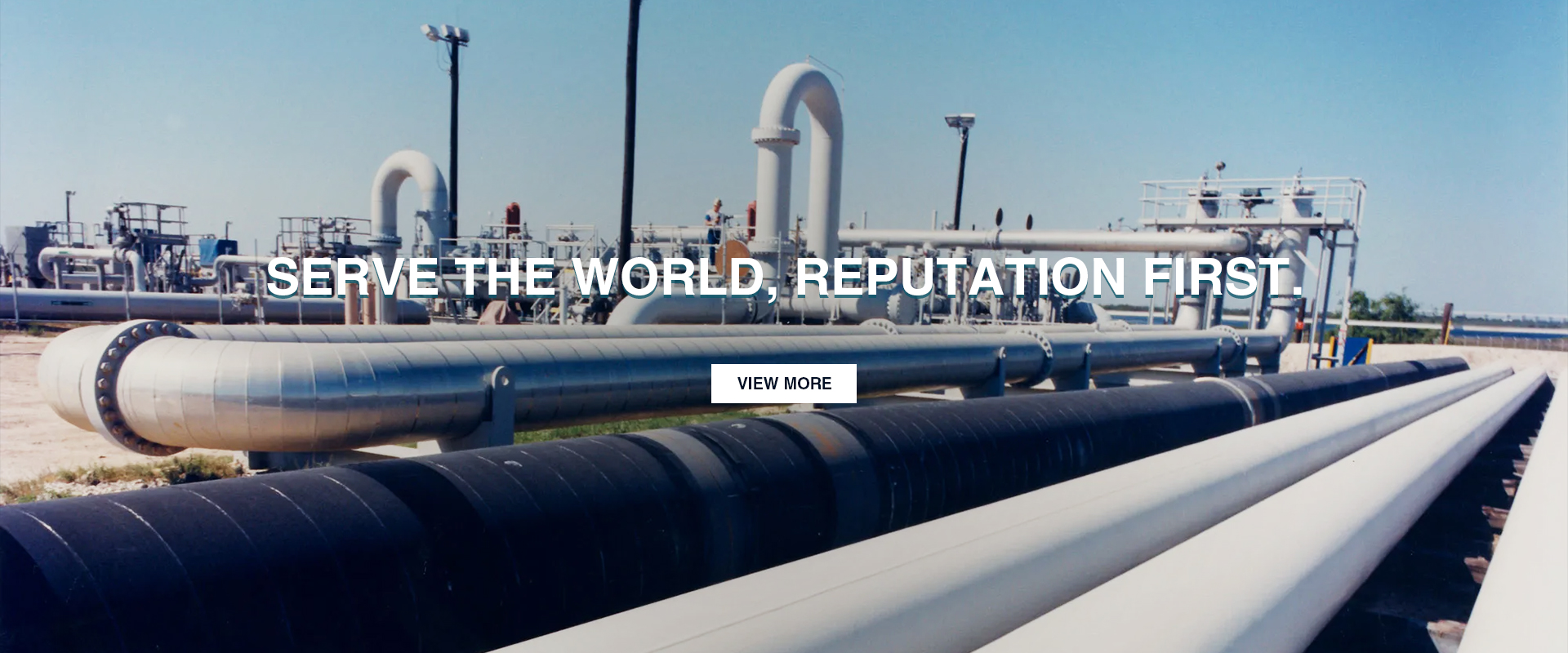-
Cangzhou Yulong Steel Co., Ltd.
-
Phone:
+86 13303177267 -
Email:
admin@ylsteelfittings.com
- English
- Arabic
- Italian
- Spanish
- Portuguese
- German
- kazakh
- Persian
- Greek
- French
- Russian
- Polish
- Thai
- Indonesian
- Vietnamese
- Zulu
- Korean
- Uzbek
- Hindi
- Serbian
- Malay
- Ukrainian
- Gujarati
- Haitian Creole
- hausa
- hawaiian
- Hebrew
- Miao
- Hungarian
- Icelandic
- igbo
- irish
- Japanese
- Javanese
- Kannada
- Khmer
- Rwandese
- Afrikaans
- Albanian
- Amharic
- Armenian
- Azerbaijani
- Basque
- Belarusian
- Bengali
- Bosnian
- Bulgarian
- Catalan
- Cebuano
- China
- China (Taiwan)
- Corsican
- Croatian
- Czech
- Danish
- Esperanto
- Estonian
- Finnish
- Frisian
- Galician
- Georgian
- Kurdish
- Kyrgyz
- Lao
- Latin
- Latvian
- Lithuanian
- Luxembourgish
- Macedonian
- Malgashi
- Malayalam
- Maltese
- Maori
- Marathi
- Mongolian
- Myanmar
- Nepali
- Norwegian
- Norwegian
- Occitan
- Pashto
- Dutch
- Punjabi
- Romanian
- Samoan
- Scottish Gaelic
- Sesotho
- Shona
- Sindhi
- Sinhala
- Slovak
- Slovenian
- Somali
- Sundanese
- Swahili
- Swedish
- Tagalog
- Tajik
- Tamil
- Tatar
- Telugu
- Turkish
- Turkmen
- Urdu
- Uighur
- Welsh
- Bantu
- Yiddish
- Yoruba

Aug . 05, 2024 10:54 Back to list
Exploring the Role of Impellers in Enhancing Vacuum Cleaner Performance and Efficiency
The Role of the Impeller in Vacuum Cleaners An Overview
Vacuum cleaners have become an essential household appliance, transforming the way we maintain cleanliness in our homes. Among the many components that contribute to their efficiency, the impeller plays a critical role in the functionality of vacuum cleaners. This article delves into the importance of the impeller, its working mechanism, and the impact it has on the overall performance of vacuum cleaners.
Understanding the Impeller
The impeller is a rotating component found within the vacuum cleaner's motor assembly. It is typically housed within the fan enclosure and is responsible for creating the suction necessary to draw in dirt, dust, and debris from various surfaces. The design and operation of the impeller are crucial to the vacuum’s effectiveness and efficiency.
How it Works
When the vacuum cleaner is switched on, the motor drives the impeller, causing it to spin at high speeds. As the impeller rotates, it rapidly moves air, creating a difference in air pressure. This pressure differential generates suction, which pulls air (along with dirt and debris) into the vacuum cleaner through the intake nozzle. As debris enters the machine, it is separated from the airflow and collected in a dustbin or bag.
The effectiveness of this process depends significantly on the design of the impeller. Factors such as blade shape, size, and the overall geometry influence how much air the impeller can move and, consequently, how powerful the suction is. Advanced vacuum cleaners often utilize specially engineered impellers that maximize airflow and minimize energy consumption.
Impeller Design Variations
vacuum cleaner impeller

There are various designs and types of impellers used in vacuum cleaners, each tailored for specific applications. For instance, centrifugal impellers are common in traditional vacuum cleaners. They use centrifugal force to throw air outward, while simultaneously drawing new air inward, ensuring a continuous flow of suction.
On the other hand, some modern vacuum cleaners employ multi-stage impeller designs. These systems utilize several smaller impellers to enhance suction power and improve airflow efficiency. Such designs can lead to quieter operation and lower energy consumption, making them more environmentally friendly.
Impact on Performance
The performance of a vacuum cleaner heavily relies on the efficiency of its impeller. An effective impeller design contributes to strong suction power, enabling the vacuum cleaner to pick up a wide range of debris, from fine dust particles to larger particles like pet hair. Additionally, the reliability of the impeller affects the longevity and maintenance of the vacuum. An impeller that encounters issues may lead to decreased suction power or increased wear on the motor, potentially resulting in costly repairs.
Moreover, the height and type of flooring are also factors affected by the impeller. Certain impellers may perform exceptionally well on carpets but struggle on hard floors, or vice versa. Hence, choosing a vacuum cleaner with an appropriate impeller design is crucial for homeowners, ensuring efficient cleaning across various surfaces.
Conclusion
In conclusion, the impeller is a vital component of vacuum cleaners that significantly influences their performance. Understanding its role allows consumers to make informed choices when selecting a vacuum cleaner that meets their needs. As technology advances, innovations in impeller design continue to enhance the efficiency and effectiveness of vacuum cleaners, ensuring they remain indispensable tools for maintaining clean and healthy living environments. Whether it's for residential use or industrial settings, the impeller remains at the heart of what makes vacuum cleaners powerful cleaning machines.
Latest news
-
ANSI 150P SS304 SO FLANGE
NewsFeb.14,2025
-
ASTM A333GR6 STEEL PIPE
NewsJan.20,2025
-
ANSI B16.5 WELDING NECK FLANGE
NewsJan.15,2026
-
ANSI B16.5 SLIP-ON FLANGE
NewsApr.19,2024
-
SABS 1123 FLANGE
NewsJan.15,2025
-
DIN86044 PLATE FLANGE
NewsApr.19,2024
-
DIN2527 BLIND FLANGE
NewsApr.12,2024
-
JIS B2311 Butt-Welding Fittings LR/SR 45°/90° /180°Seamless/Weld
NewsApr.23,2024











